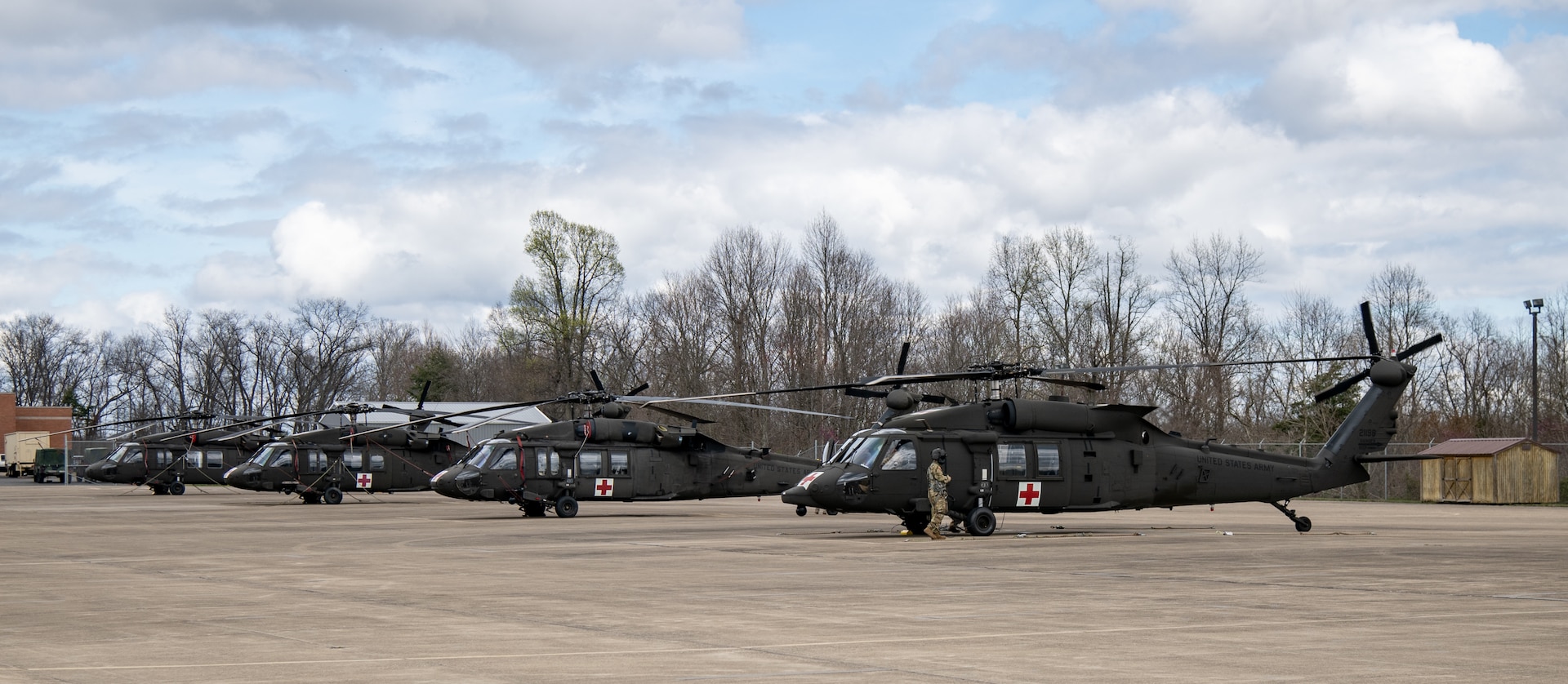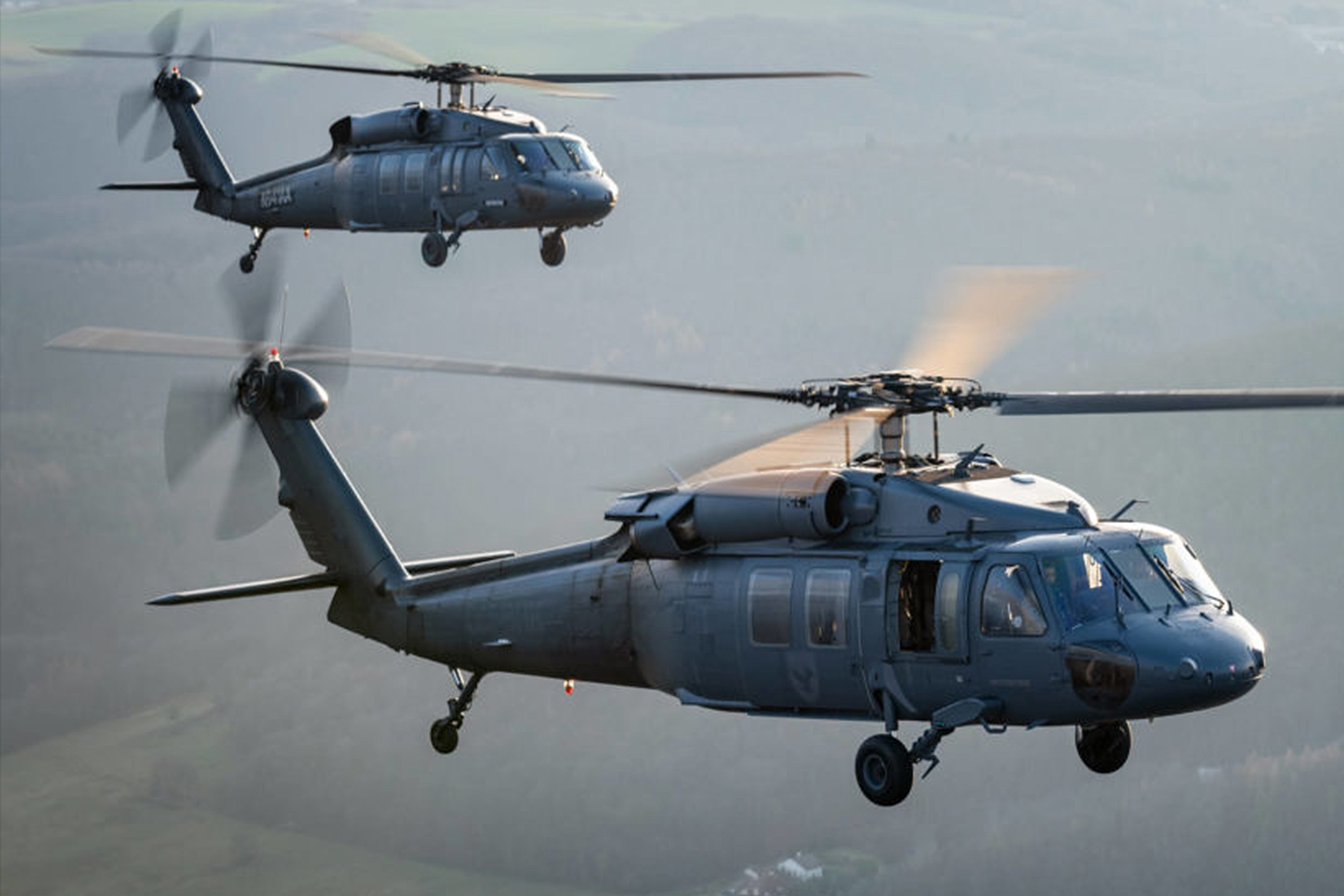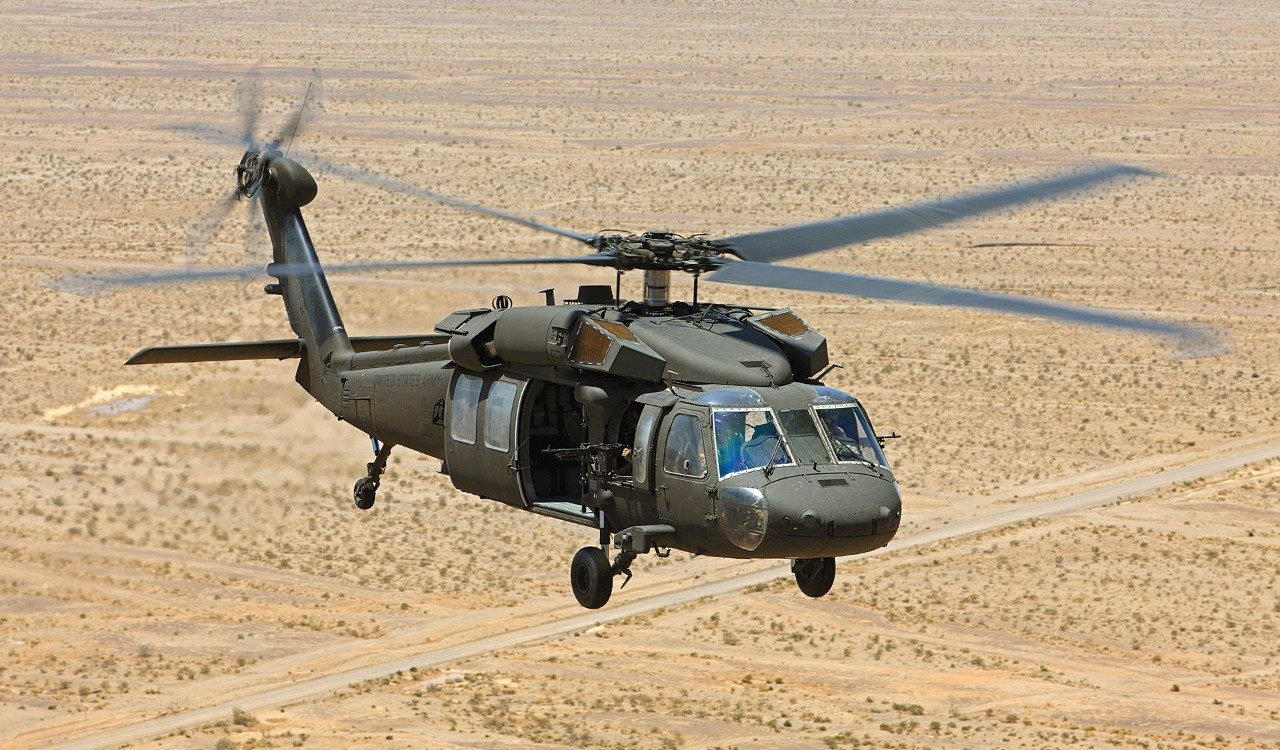UH 60 Black Hawk: Army Helicopter Functions and Capabilities
UH 60 Black Hawk: Army Helicopter Functions and Capabilities
Blog Article
The Influence of Sustainable Practices on the Future of Airplane Operations and Emissions Decrease
As the aeronautics market faces boosting scrutiny over its environmental effect, the fostering of sustainable practices becomes a critical pathway toward future airplane operations and exhausts reduction. Innovations in sustainable air travel gas and improvements in hybrid propulsion innovations stand at the leading edge of this improvement, encouraging substantial reductions in greenhouse gas discharges. Nevertheless, the successful combination of these efforts depends upon a range of aspects, including governing frameworks and industry collaboration. The question continues to be: how will these advancing practices reshape the characteristics of flight and contribute to a more lasting future?

Introduction of Sustainable Practices
Lasting practices in aircraft procedures encompass a series of strategies targeted at minimizing ecological impact while preserving operational effectiveness. These methods are necessary in the aviation sector's commitment to lessening its carbon impact and adhering to international environmental requirements. Secret campaigns include enhancing trip courses to reduce gas consumption, improving upkeep protocols to ensure aircraft run at peak effectiveness, and applying sophisticated technologies such as winglets and lightweight materials that improve aerodynamics.

Training and engaging staff on sustainability practices likewise play a crucial function, promoting a culture of environmental duty within companies. Overall, the integration of these lasting practices not only aids reduce emissions however also improves the long-lasting practicality of the aeronautics field, ensuring it fulfills the needs of both customers and regulative bodies while adding to worldwide sustainability objectives.
Cutting-edge Gas Alternatives
Various cutting-edge gas alternatives are becoming essential solutions to decrease the air travel market's dependence on typical fossil fuels. Among these alternatives, Sustainable Aeronautics Fuels (SAFs) have acquired substantial attention due to their prospective to lower lifecycle greenhouse gas discharges by up to 80% compared to standard jet fuels. SAFs are derived from various feedstocks, including waste oils, agricultural deposits, and also algae, making them a versatile option for the market.
Another appealing choice is hydrogen gas, which, when made use of in fuel cells, creates just water vapor as a by-product. This zero-emission prospective presents a considerable chance for decarbonizing trip procedures, specifically for short-haul trips and local airplane. Additionally, electric propulsion systems are being checked out, leveraging battery modern technology to power airplane. While existing battery capability restrictions array and haul, recurring improvements may quickly render electric trips viable for specific applications - uh 60.
Finally, biofuels acquired from biomass are being checked out, supplying a renewable choice that can be mixed with conventional fuels. Collectively, these ingenious gas choices represent an important step toward attaining a lasting air travel community, lining up with international exhausts reduction targets and boosting the market's ecological stewardship.
Technical Developments in Air Travel

Exactly how can technological advancements improve the future of air travel? The integration of sophisticated innovations is essential in transforming aircraft procedures, boosting effectiveness, and minimizing exhausts. Developments such as electrical and hybrid propulsion systems are at the center, appealing significant decreases in gas intake and greenhouse gas exhausts. These systems utilize improvements in battery innovation and energy management, enabling airplane to run with a lower environmental impact.
Additionally, the application of advanced products, such as light-weight composites, adds to enhanced the rules of aerodynamics and fuel efficiency. The usage of man-made intelligence and device learning in trip procedures optimizes path preparation and decreases fuel melt by allowing real-time changes based on weather condition and web traffic problems. Furthermore, the advancement of autonomous and from another location piloted airplane systems stands to reinvent freight and traveler transport, potentially boosting efficiency while lessening human mistake.
Additionally, sustainable aeronautics technologies, including advanced air traffic monitoring systems, can simplify procedures and reduce congestion, causing lower discharges throughout trip. These innovations collectively stand for a standard shift in aeronautics, assuring a future where sustainability and functional effectiveness are linked, thereby supporting the market's commitment to lowering its ecological influence.

Governing Structure and Compliance
Due to the expanding emphasis on environmental stewardship within the aviation sector, the regulatory framework controling aircraft procedures is developing to advertise sustainable practices. Regulative bodies, such as the International Civil Air Travel Company (ICAO) and different national aeronautics authorities, are presenting strict guidelines aimed at reducing exhausts and improving functional effectiveness.
These laws frequently consist of the fostering of Sustainable Air travel Gas (SAF), which has been internet identified as a vital part in achieving reduced carbon impacts. Additionally, conformity with these policies calls for airlines to implement sophisticated innovations and operational methods, such as maximized flight courses and improved air traffic administration, to minimize gas usage.
In addition, basics the enforcement of discharges trading plans and carbon offsetting efforts is becoming increasingly widespread, compelling airlines to keep track of and report their discharges precisely. Non-compliance can result in substantial fines, therefore pressing operators to focus on sustainability in their service models.
Eventually, the progressing governing landscape not just drives development and financial investment in environment-friendly modern technologies however likewise fosters a society of liability within the aviation market. As these structures proceed to develop, the focus on sustainable practices will certainly be integral to achieving the field's lasting environmental goals.
Future Trends in Airplane Workflow
As the aeronautics sector adapts to an increasingly rigid governing environment, future fads in airplane procedures are readied to concentrate on cutting-edge options that further enhance sustainability and efficiency - uh 60. Key developments will likely include the fostering of advanced air web traffic management systems, which utilize real-time data and expert system to enhance trip paths, minimizing gas intake and discharges
One more considerable fad is the raised assimilation of sustainable air travel gas (SAFs) These alternatives to traditional jet gas, obtained from sustainable resources, can considerably decrease lifecycle greenhouse gas discharges. The sector's commitment to SAFs will likely speed up as airline companies work together with fuel manufacturers to guarantee availability and cost-effectiveness.
In addition, the press in the direction of electrification and crossbreed propulsion systems is acquiring momentum. Emerging airplane designs will incorporate these modern technologies, providing quieter and extra effective procedures, especially for short-haul flights.
Final Thought
To conclude, the integration of lasting methods in airplane procedures holds substantial capacity for emissions reduction and boosted article performance. The adoption of sustainable aeronautics fuels, paired with innovations in hybrid and electrical propulsion systems, is important for reducing lifecycle greenhouse gas emissions. Maximizing flight courses and welcoming cutting-edge innovations contribute to a quieter and much more environmentally pleasant aeronautics sector. Collectively, these efforts line up with global sustainability objectives and lead the way for a greener future in air travel.
Innovations in sustainable aviation gas and advancements in crossbreed propulsion innovations stand at the forefront of this transformation, appealing considerable reductions in greenhouse gas emissions.Numerous ingenious fuel alternatives are emerging as critical services to decrease the air travel industry's reliance on conventional fossil gas - uh 60. Amongst these options, Sustainable Air travel Fuels (SAFs) have actually gotten considerable interest due to their possible to decrease lifecycle greenhouse gas discharges by up to 80% contrasted to traditional jet gas.One more considerable fad is the enhanced integration of lasting aeronautics fuels (SAFs) The adoption of lasting aviation gas, paired with improvements in hybrid and electrical propulsion systems, is necessary for reducing lifecycle greenhouse gas discharges
Report this page